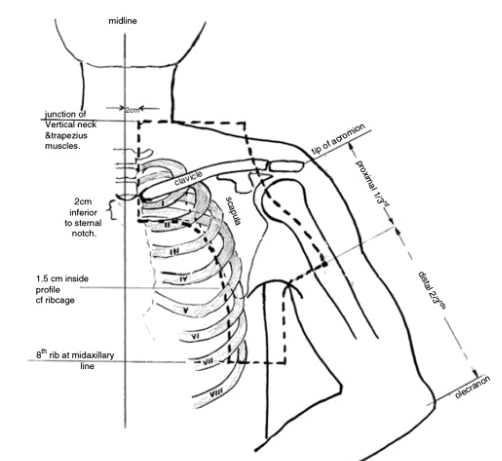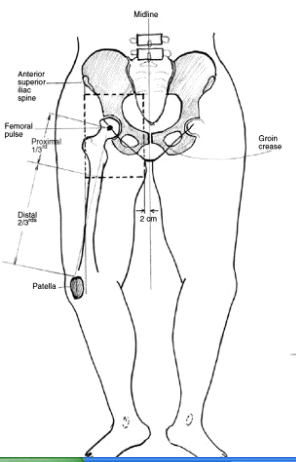|
|
The standard treatment for melanoma is surgery
rather than radiation. Formerly this cancer was thought to be resistant to the
effects of radiation or that radiation was only effective if large fractions or individual
doses are used (400 - 800 rads per dose rather than the more common 180 - 200 per dose.)
More recent studies suggest that this type of cancer will respond to conventional doses
of radiation (see RTOG 83-05 trial below that compared high fraction 8Gy X 4 with
conventional fractions of 2.5Gy X 20 and found no difference.)
Some studies suggest that radiation given after surgery (postoperative, go here and here) will decrease the risk of cancer recurrence (the recently closed RTOG 93-02 head and neck melanoma study used postOp electron beam with a dose of 6Gy twice a week to 30Gy/2.5w., see NCCN, and the NCCN considers XRT for nodal relapses or local relapses.) Also in high risk patients radiation to the nodes may be used instead of node surgery (see Bonnen.) There is evidence that postOp node radiation will lower the risk of local relapse and may improve overall survival (go here). There are many studies that show that if the cancer has
spread (metastases) or recurred and is unresectable that radiation will shrink the tumor
enough to relieve symptoms. The response rate to palliative
irradiation ranges from 35 - 97% (58%, 62%, 97%, 35%, 52%, 84%) Some recent
studies are noted here
and here. |



